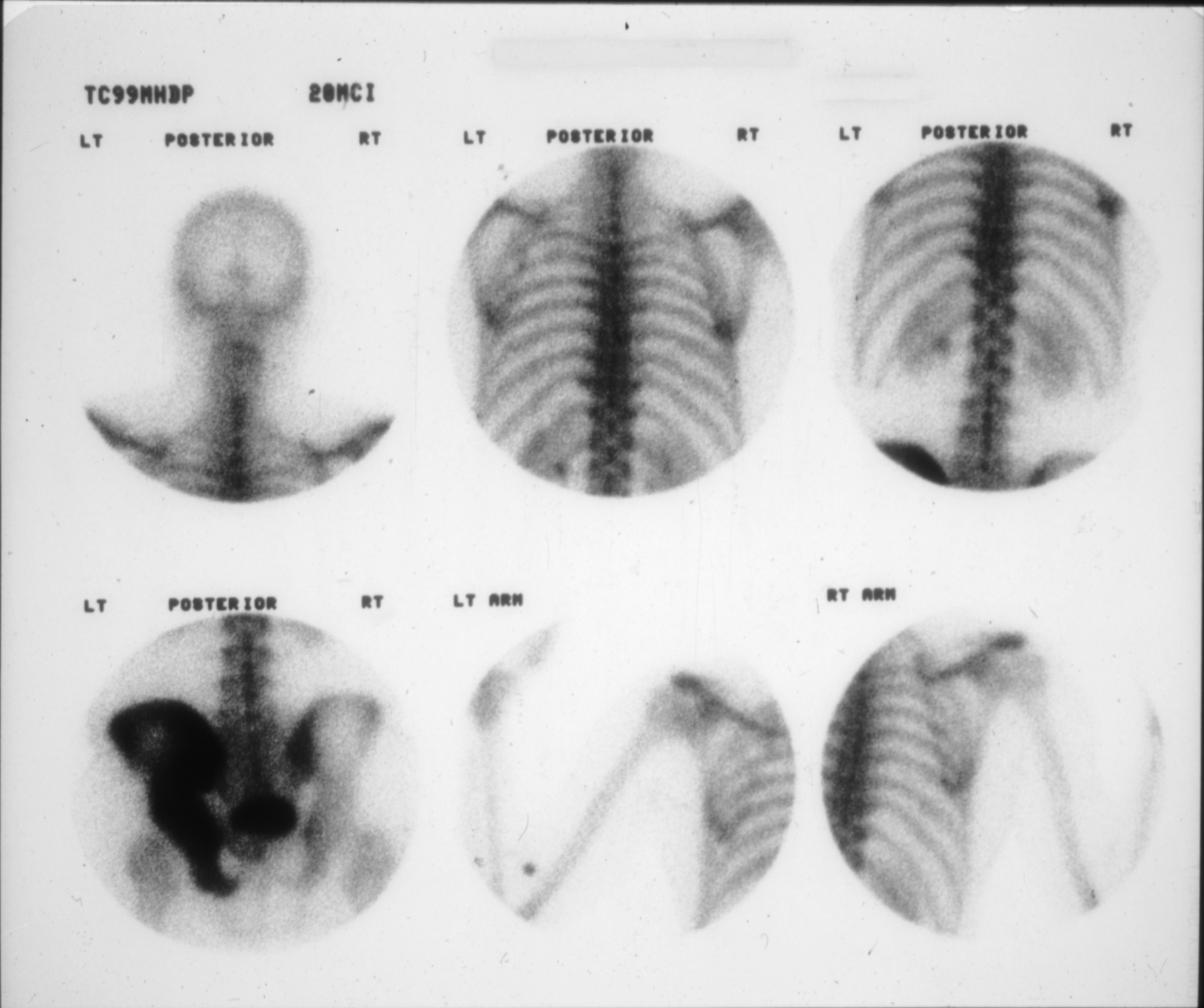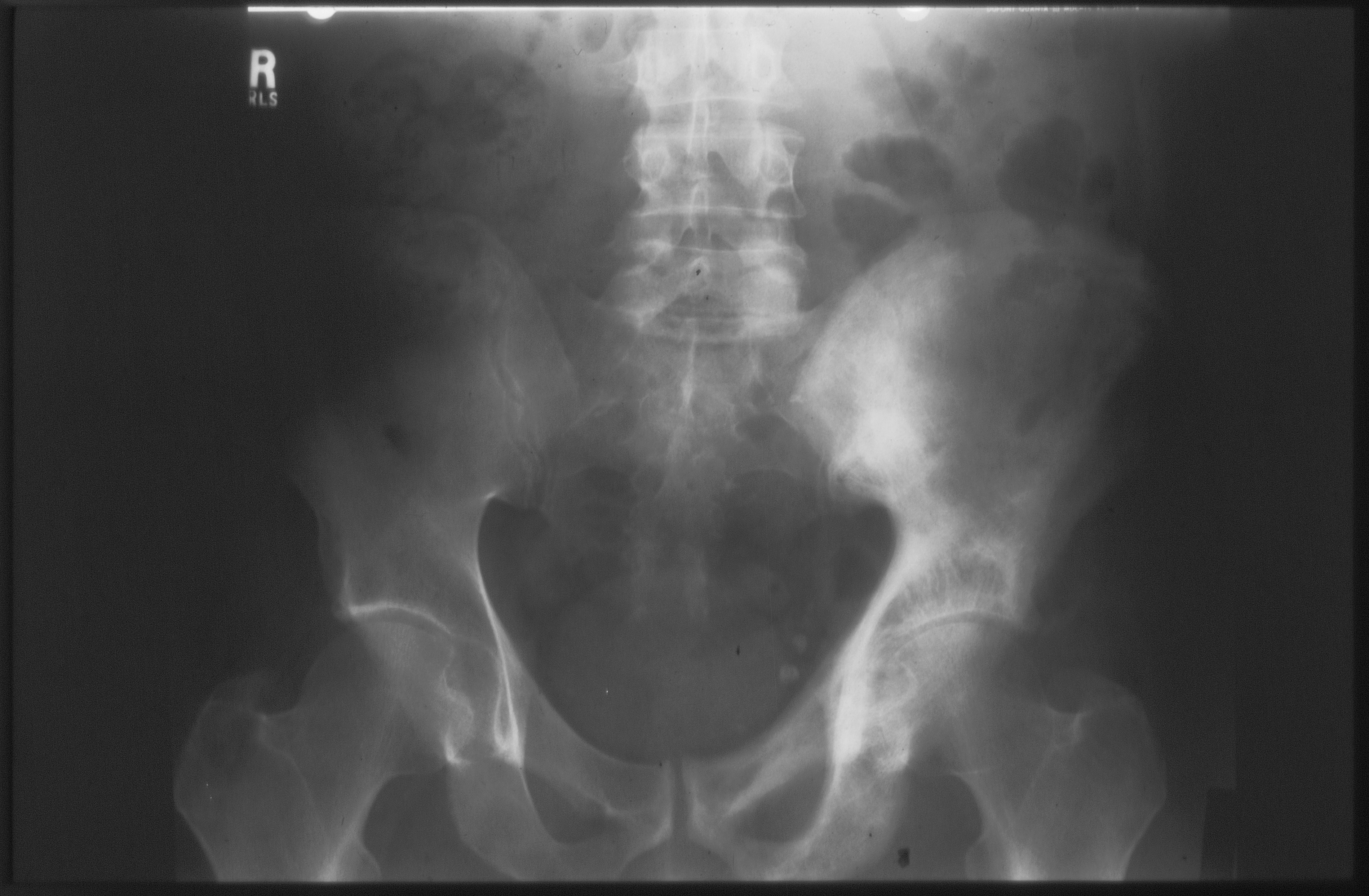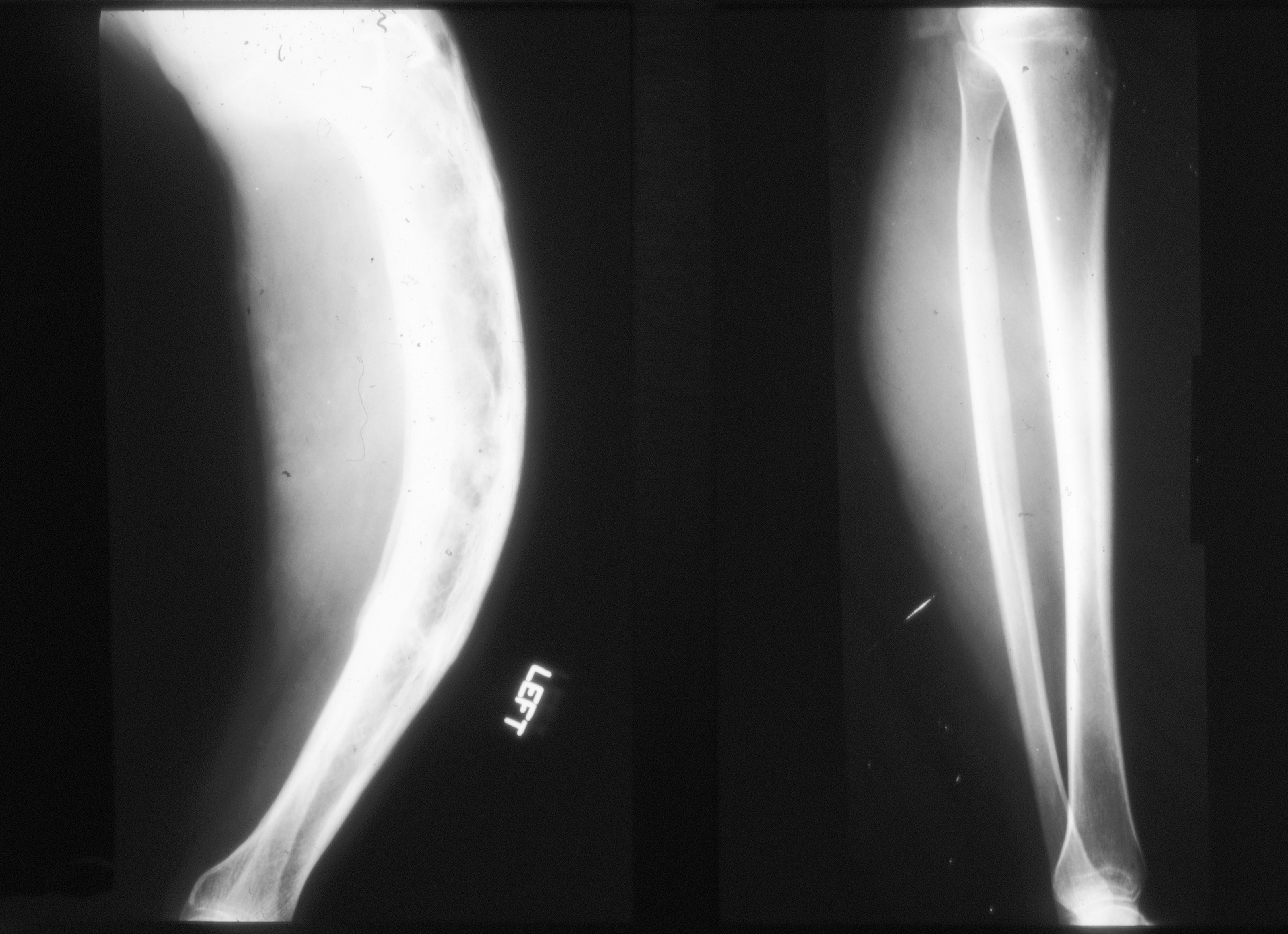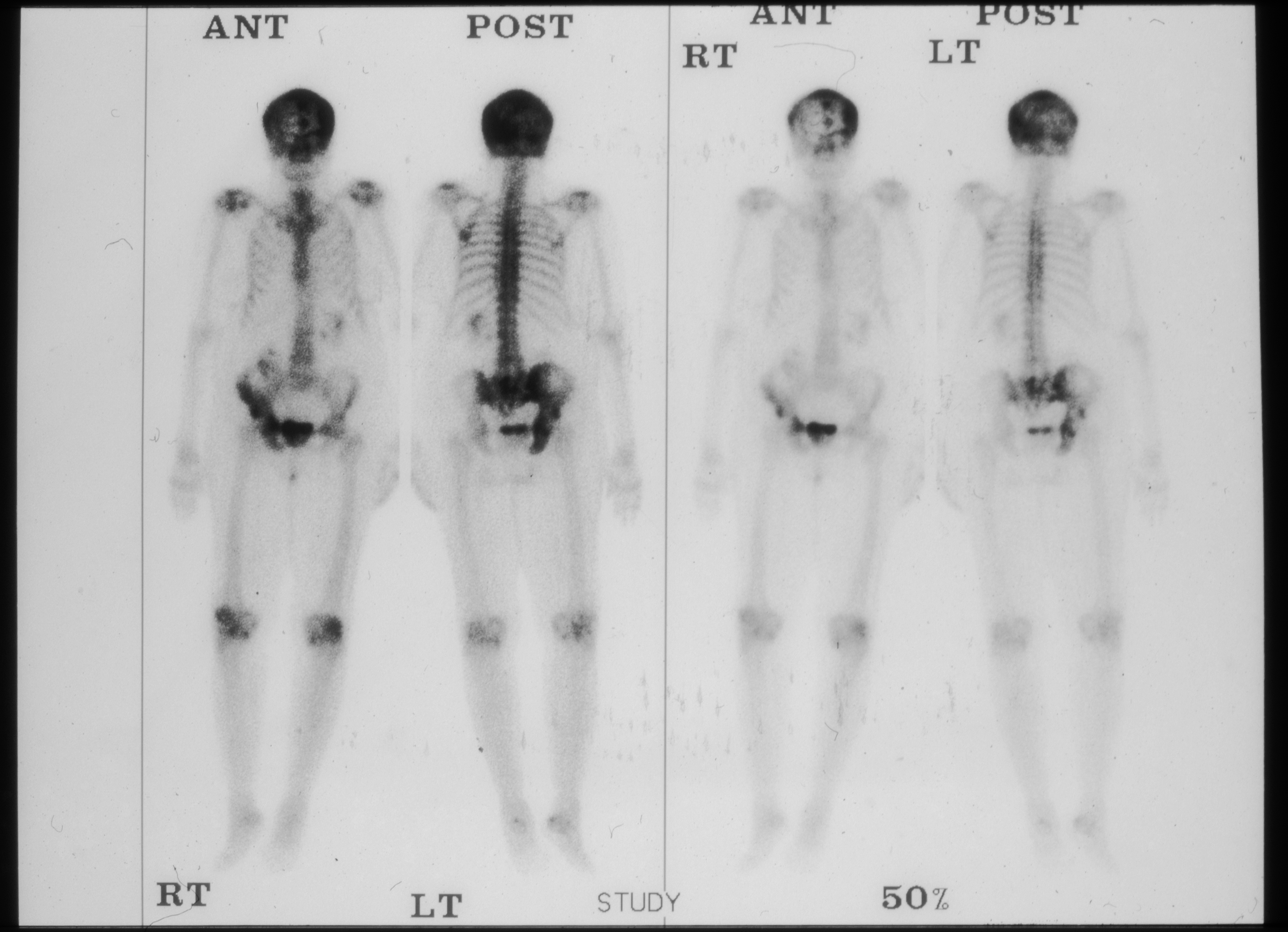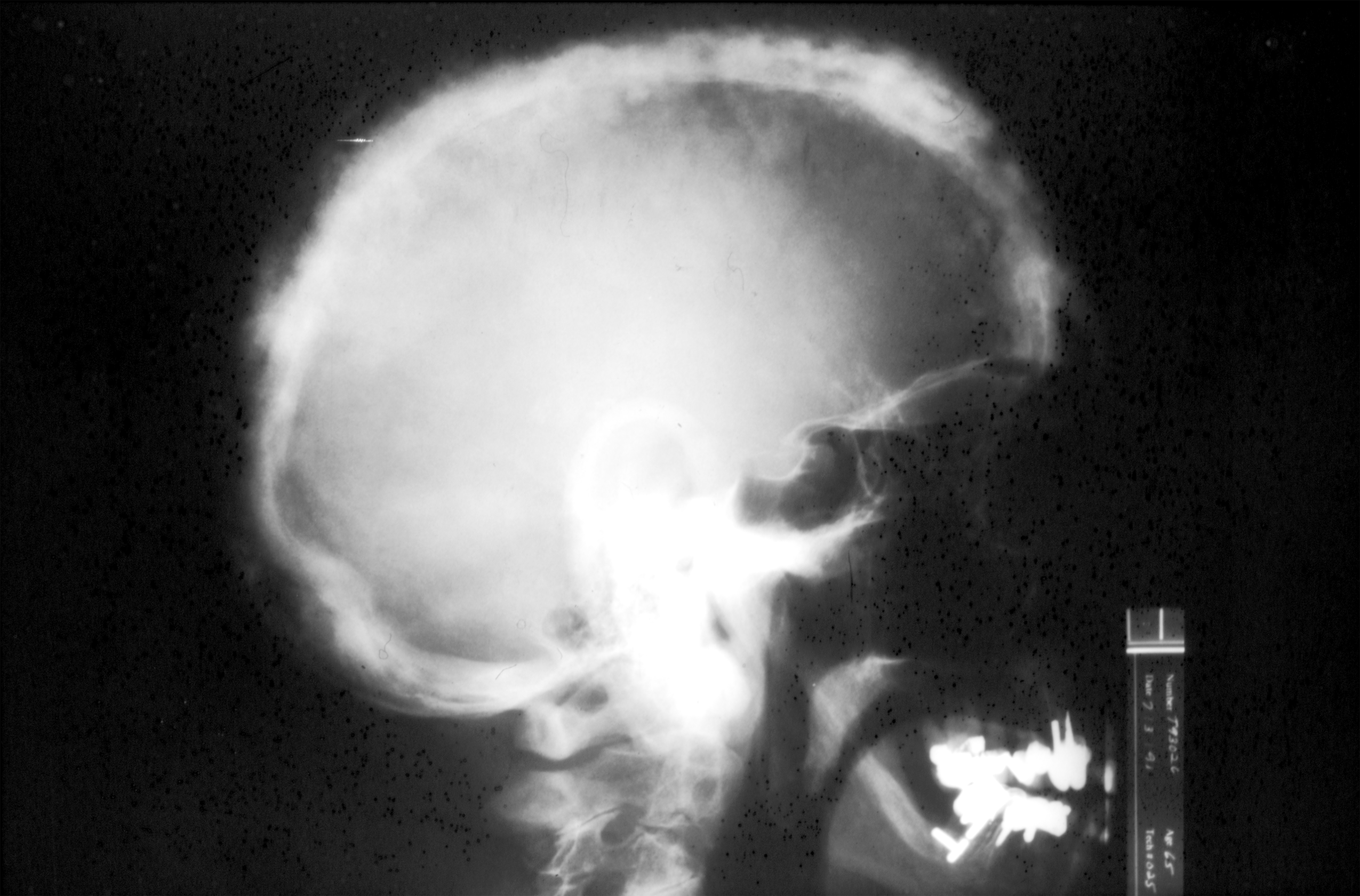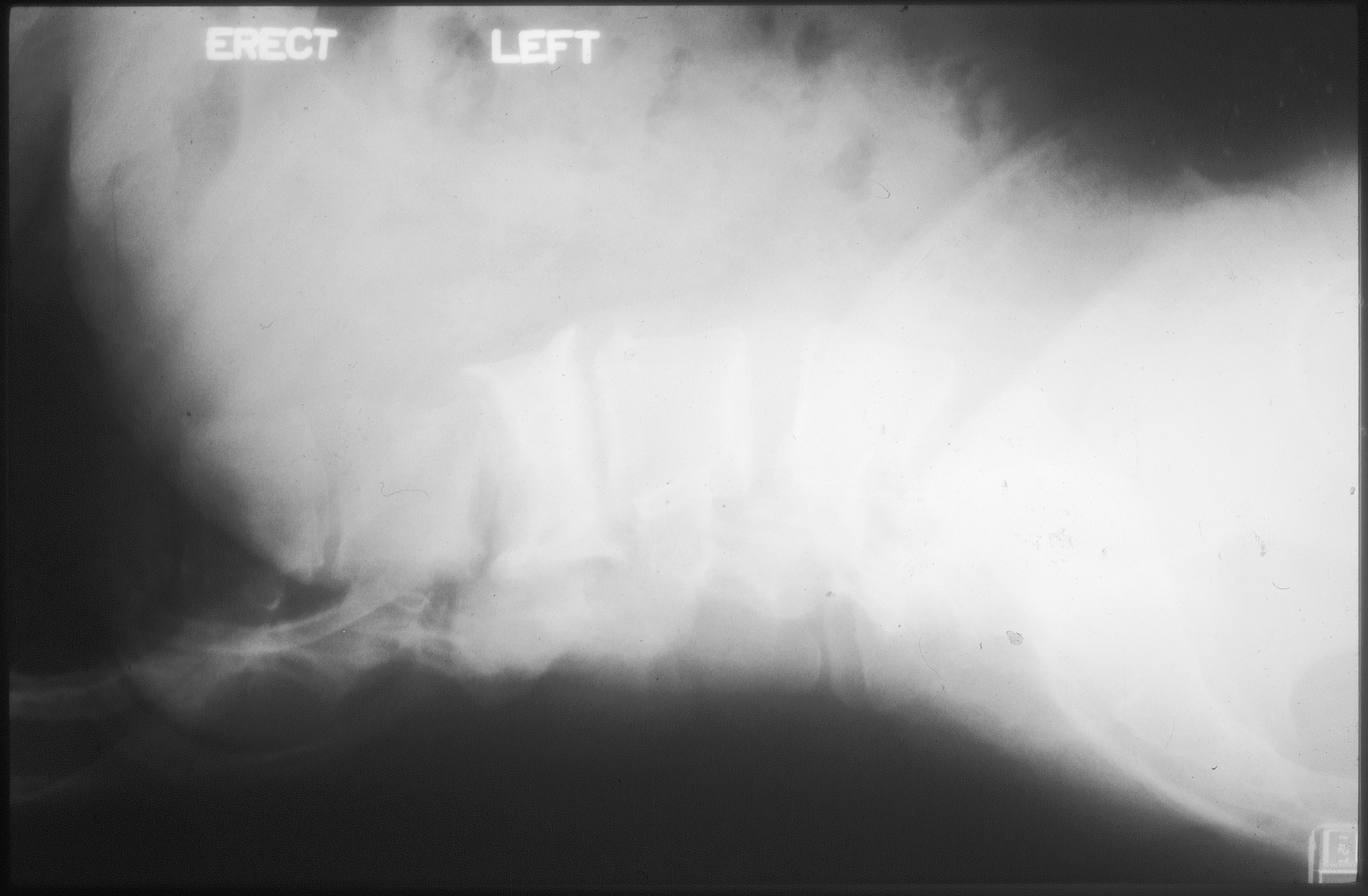Paget’s disease is a chronic condition which interferes with your body’s normal bone remodeling process.
Bone remodeling is a process in which new bone tissue gradually replaces old bone tissue. This relationship is vital to maintain normal calcium levels in our blood. Over time, the disease can cause affected bones to become fragile and misshapen. Paget’s disease of bone most commonly occurs in the pelvis, skull, spine and legs.
The risk of Paget’s disease of bone increases with age. Your risk also increases if any family members have the disorder. Complications of Paget’s disease of bone can include broken bones, hearing loss and pinched nerves in your spine.
Bisphosphonates — the medications also used to strengthen bones weakened by osteoporosis — are the mainstay of treatment. In severe cases, surgery may be necessary.
What are the types of Paget’s disease?
There are two types of Paget’s disease of bone:
- When a single site of bone is affected by Paget’s disease, it is referred to as the monostotic type.
- When multiple sites of bone are affected by Paget’s disease, it is referred to as the polyostotic type.
What causes Paget’s?
The cause of Paget’s disease of bone is controversial. Scientists suspect a combination of environmental and genetic factors contribute to the disease. Several genes appear to be linked to getting the disease.
Some scientists believe Paget’s disease of bone is related to a measles virus infection in your bone cells, but this theory is controversial.
